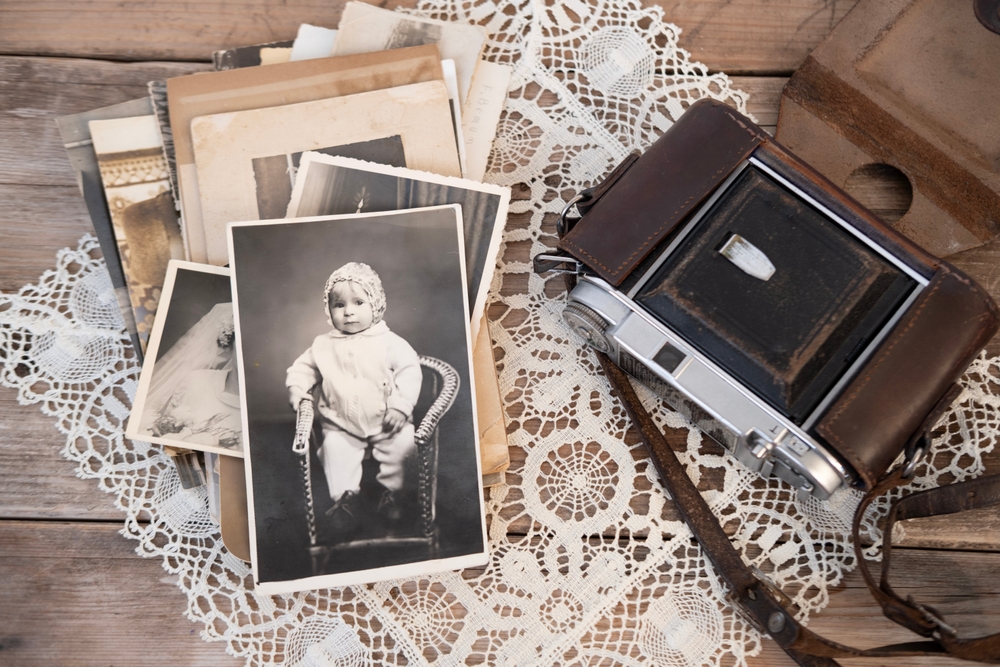The 1970s were a completely different world for families, filled with parenting styles, safety habits, and cultural norms that would shock many people today. Back then, family life was more relaxed when it came to safety rules, and there was a stronger sense of independence for kids, but that also meant that many common practices lacked the protections we now consider essential. Social awareness, health standards, and laws have changed so much since then that many things considered normal in the ’70s would now be met with criticism or even legal consequences. Here are twelve examples of how different life was for families during that decade and why these habits would not fly today.
1. Letting Kids Ride in Cars Without Seatbelts
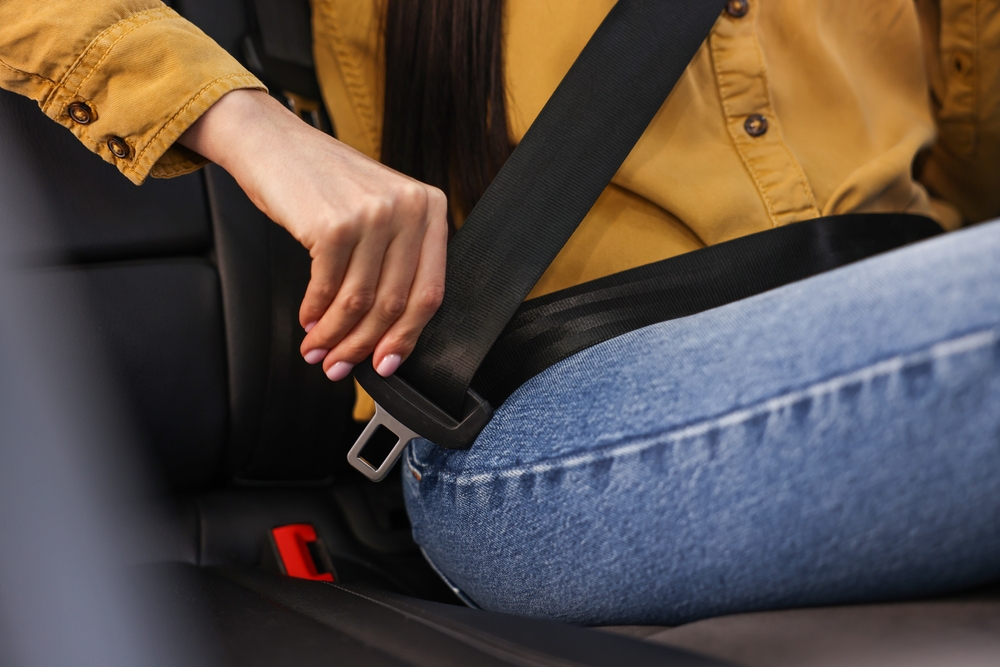
In the 1970s, it was entirely normal for children to ride in cars without seatbelts. Many vehicles did not have rear seatbelts at all, and even when they did, they were often ignored. Child car seats existed but were not designed for safety in the way they are today, with many acting more like simple boosters rather than protective restraints. Kids sometimes sat in the front passenger seat or even on a parent’s lap while driving. Station wagons often had children sitting in the cargo area with no restraints whatsoever, and it was just part of everyday life. Today, strict seatbelt laws, advanced child car seat designs, and heightened public awareness make this practice unthinkable and illegal in many places.
2. Smoking Around the House and Kids

Smoking was an ordinary part of home life in the ’70s, and parents thought nothing of lighting up a cigarette in the living room while children played nearby. Cigarette advertising was still common, and smoking was accepted in homes, restaurants, cars, and even airplanes. Many parents did not consider the health impact of secondhand smoke, and it was rarely discussed in public. In contrast, modern households are far more aware of the dangers of inhaling smoke, and smoking indoors around children is socially unacceptable and even prohibited in some regions. The change in attitude toward smoking is one of the clearest examples of how much public health awareness has advanced.
3. Leaving Kids Home Alone for Hours
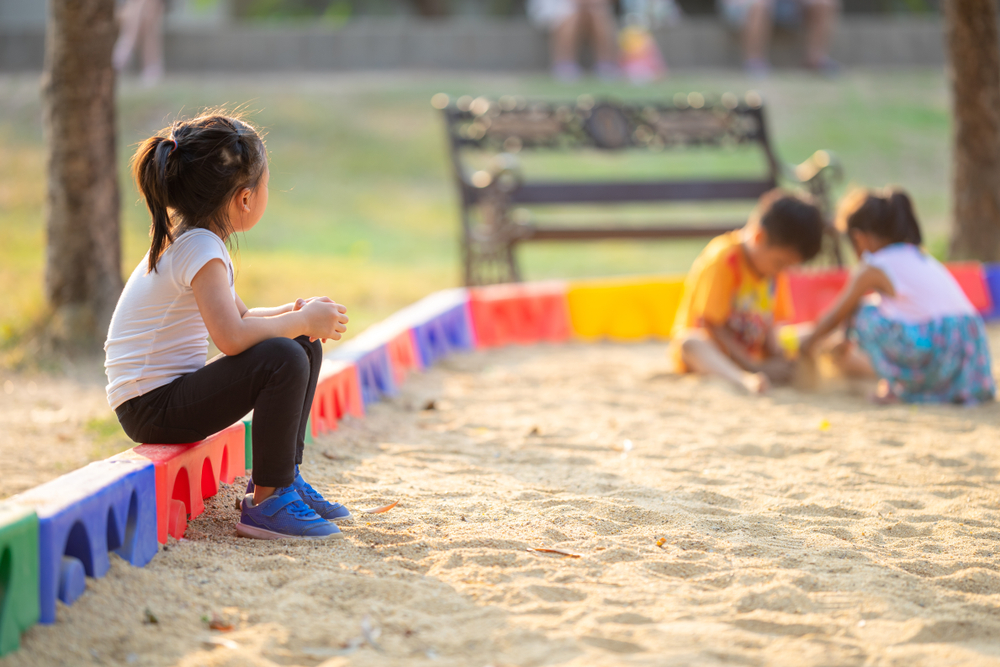
Parents in the ’70s often left their children home alone for long periods, believing it helped build independence and self-reliance. It was not unusual for a parent to head to work or run errands while young children stayed at home, sometimes even looking after younger siblings. This was simply part of everyday life, and neighbors often acted as an unofficial safety net if anything went wrong. Nowadays, child protection laws in many areas set clear age limits and guidelines for leaving kids unattended. Parents are more cautious about potential dangers, and the idea of leaving young children home for hours is seen as risky and potentially neglectful.
4. Letting Kids Roam the Neighborhood Unsupervised

The phrase “come home when the streetlights turn on” was a common rule in the ’70s, and it summed up the era’s parenting style. Kids often spent entire days playing outside, riding bikes, or exploring parks without any adult supervision. Parents rarely knew their exact location, trusting them to return when it was time for dinner. While this gave children a sense of freedom and adventure, it also meant they faced greater risks without adult oversight. Modern parenting places more emphasis on constant supervision, organized activities, and scheduled playdates, making the free-range childhood of the ’70s far less common today.
5. Riding in the Back of Pickup Trucks

For many families in the 1970s, riding in the back of a pickup truck was a weekend tradition, especially for trips to the beach, camping sites, or local events. Kids would sit on the tailgate or stand in the truck bed during the ride, often laughing and waving at passing cars. There were no safety restraints, and it was widely accepted as harmless fun. Today, the dangers of being thrown from a moving vehicle are well understood, and in many areas, laws strictly prohibit passengers from riding in the back of trucks. What was once a joyful part of family outings is now viewed as a serious safety hazard.
6. Physical Punishment at Home and in Schools

Corporal punishment was not only accepted in many homes during the ’70s but was also a common part of discipline in schools. Teachers were allowed to physically discipline students, and many parents used similar methods at home. This was considered a normal way to teach respect and obedience. Today, views on discipline have shifted significantly. Many parents and educators now prefer non-physical methods such as positive reinforcement or time-outs, and in many places, physical punishment in schools has been banned altogether. The shift reflects broader changes in understanding child development and emotional well-being.
7. No Helmets for Bikes or Skateboards

In the 1970s, riding a bike or skateboard without any protective gear was the norm. Children zipped down streets and skateboarded through neighborhoods without helmets, knee pads, or elbow guards. Falls, scrapes, and even more serious injuries were often seen as just part of growing up. Safety campaigns and helmet laws were rare, and parents were far less concerned about head injuries. Today, wearing a helmet is strongly encouraged and often legally required for children in many regions, with protective gear seen as an essential part of safe outdoor play.
8. Playing with Unsafe Toys
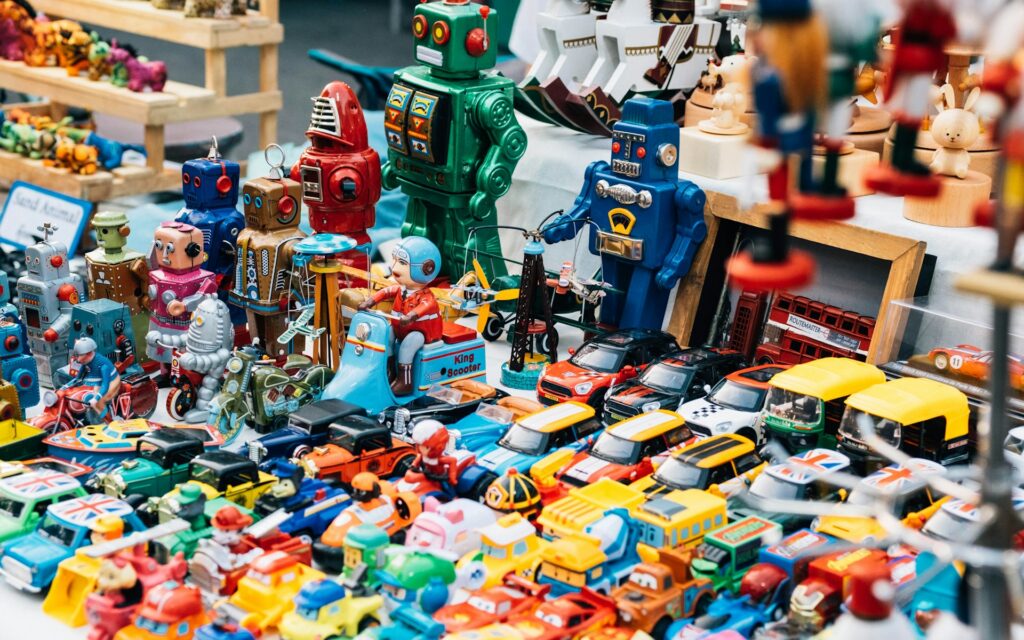
Many toys from the ’70s would never meet modern safety standards. It was common to find small choking hazards, sharp edges, and even flammable materials in popular children’s products. Chemistry sets, BB guns, lawn darts, and other potentially dangerous toys were marketed directly to kids. While these toys were a source of excitement, they also posed real risks. In today’s market, toy manufacturers must follow strict safety regulations, and dangerous products are often quickly recalled to protect consumers. The toy industry has transformed from a largely unregulated market to one with rigorous testing and oversight.
9. Letting Kids Sit in the Front Seat at Any Age
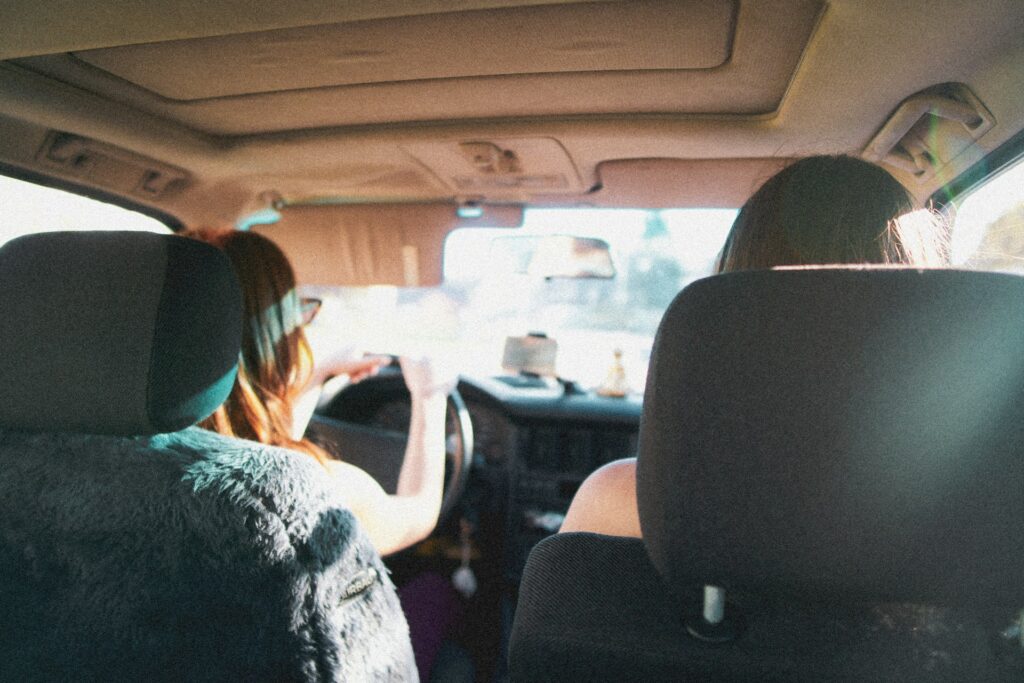
It was normal for young children to ride in the front passenger seat in the 1970s, even without a seatbelt. There were no airbags to worry about, and few laws dictated where a child should sit. Parents often thought it was a treat for a child to sit up front, especially on long drives. Today, safety guidelines recommend that children remain in the back seat until they reach a certain age to protect them in case of a collision, and laws in many areas enforce this rule.
10. Drinking and Driving Being More Common
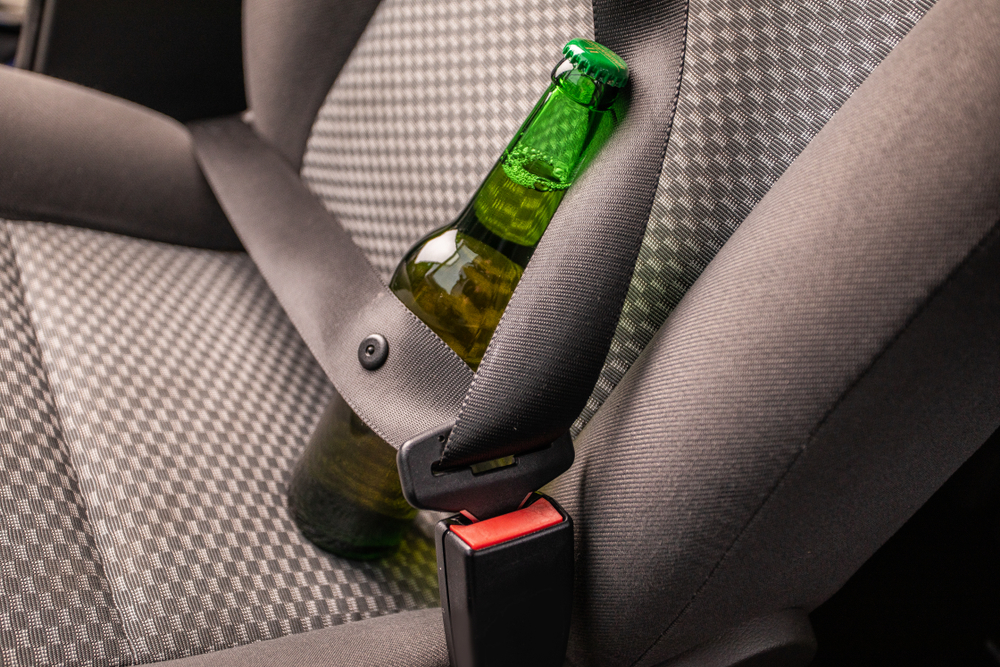
In the ’70s, attitudes toward drinking and driving were much more relaxed, and laws were less strict. People were more likely to have a drink before driving, especially after social gatherings. There was little public awareness of how dangerous it truly was, and enforcement was far less aggressive than it is today. Now, anti-drunk driving campaigns, stricter penalties, and public education have significantly reduced its social acceptance. Driving under the influence is widely recognized as a serious crime with devastating consequences.
11. No Sunscreen or Minimal Sun Protection

In the 1970s, sunscreen was not a household essential. Many families spent entire days at the beach or pool without applying any sun protection, often using tanning oils to darken their skin instead. Sunburns were seen as a minor inconvenience, and the long-term effects of UV exposure were not widely discussed. Today, sunscreen is considered vital for outdoor activities, and parents are encouraged to protect children from excessive sun exposure to reduce the risk of skin damage and cancer.
12. Lax Food Safety at Home

Home kitchens in the ’70s did not always follow the food safety practices we use today. It was common for leftovers to be left out, raw meat to be handled without washing hands, and for perishable items to sit in warm conditions. Families often relied on appearance or smell rather than strict rules for determining if food was safe to eat. Modern food safety guidelines stress proper storage, cooking temperatures, and hygiene to prevent illnesses, and households are generally far more cautious with handling food.
Read More: 18 Outdated Things Women Couldn’t Avoid in the 70s
Disclaimer: This article was created with AI assistance and edited by a human for accuracy and clarity.
